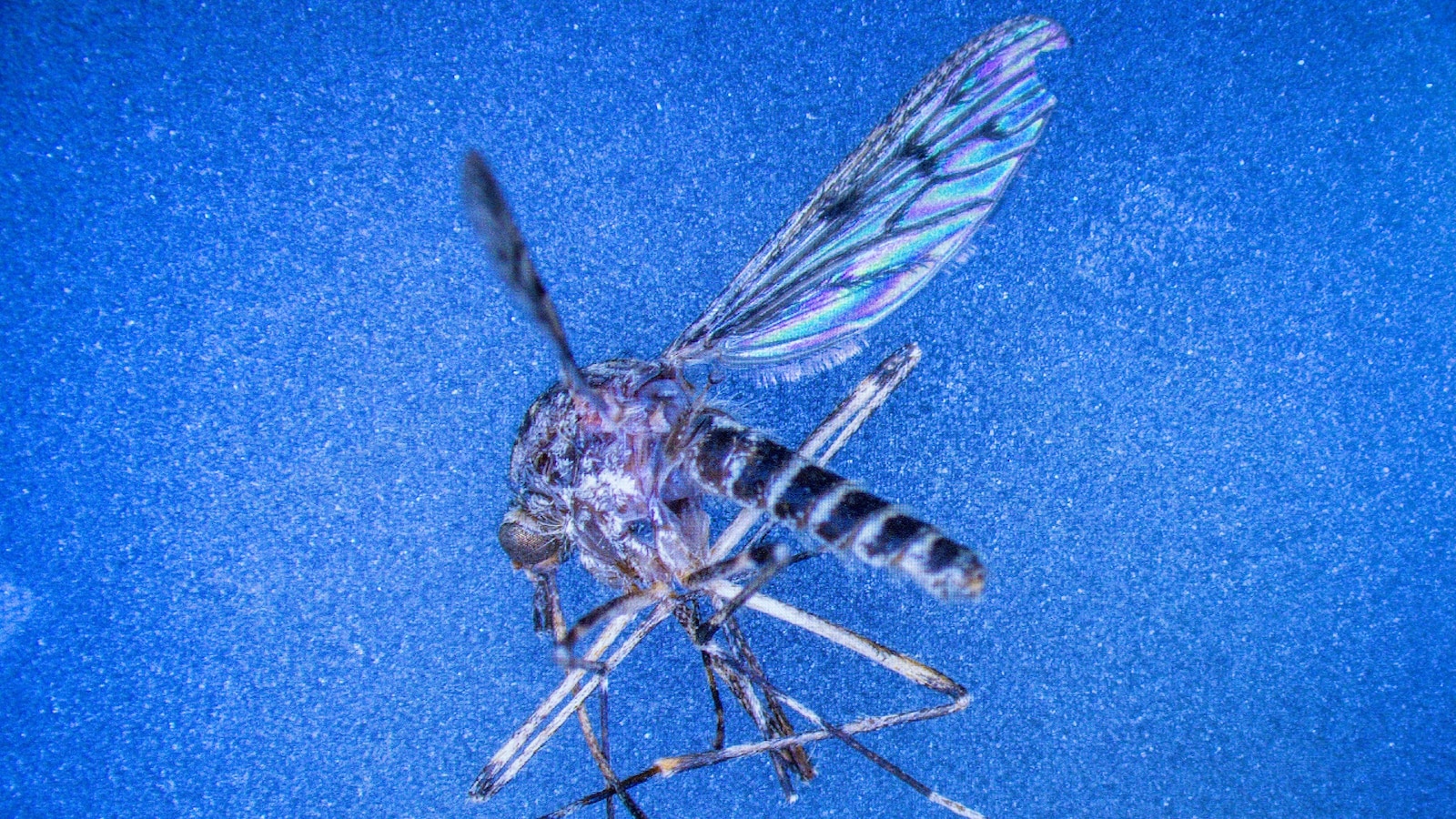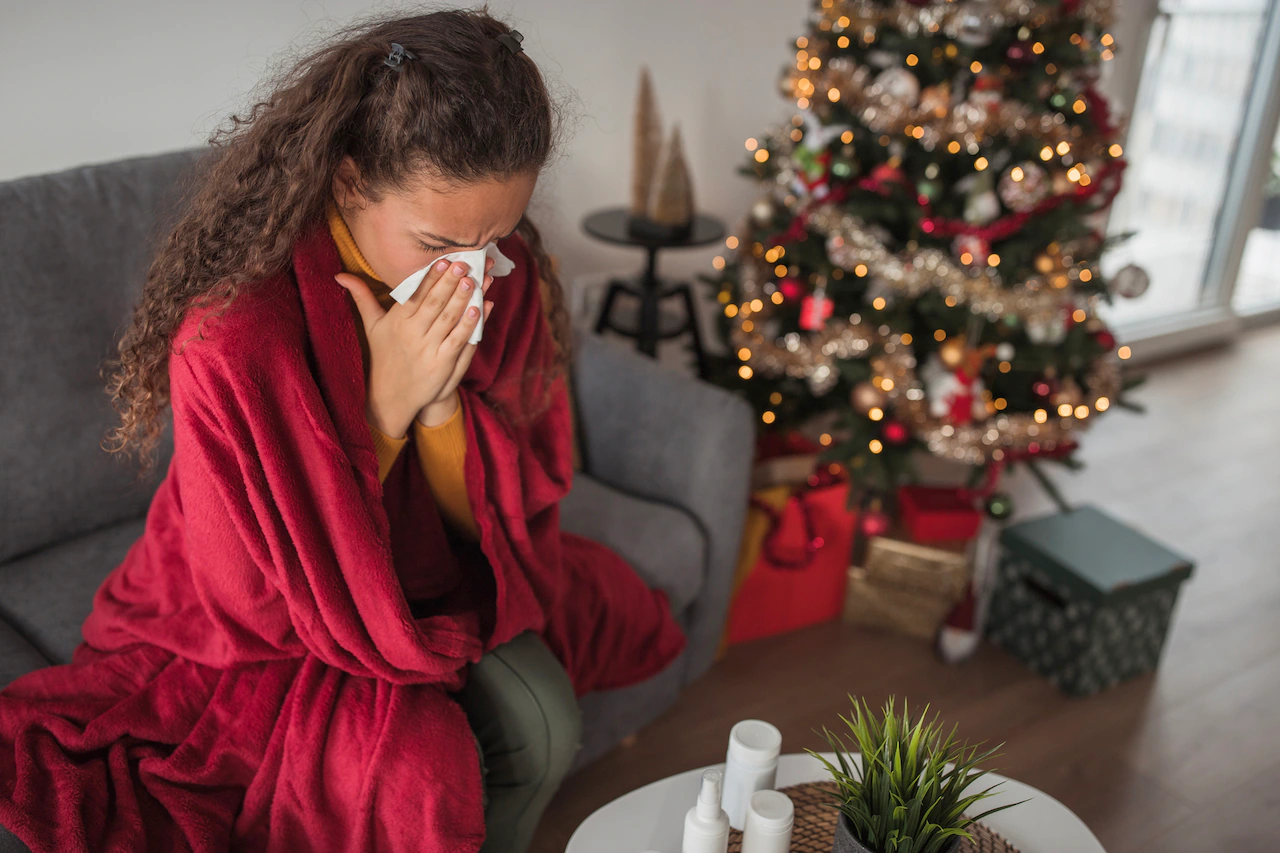Copyright go

Mosquitoes have been detected in Iceland for the first time as the region warms due to climate change. The disease-carrying insect was first spotted by insect enthusiast Björn Hjaltason, who posted to Facebook group Insects in Ireland about a "strange fly" he spotted on Oct. 16. Hjaltason, who lives in the garden town of Kjós, collected the insect and discovered it was a female, he wrote. Natural Science Institute of Iceland entomologist Matthías Alfreðsson confirmed to The Guardian that three mosquitoes -- two females and one male -- were caught from red wine ropes used to attract moths. The mosquitoes are Culiseta annulata, a cold-tolerant species that live in the Palearctic region, which includes Northern Africa, Europe, and Asia north of the Himalayas, according to the National Institutes of Health. C. annulata is the most common mosquito species found in the U.K. It has also been introduced to Canada and the northern U.S., Dina Fonseca, an entomologist and director of the Center for Vector Biology at Rutgers University, told ABC News. C. annulata often lays eggs in artificial containers such as rain barrels, buckets, cisterns, flowerpots, and discarded tires, which facilitate its expansion to new areas, Fonseca said. Iceland was previously one of two regions with climates too cold for mosquitoes to inhabit, according to the World Population Review. The country's unique climate and ecological conditions previously did not allow for mosquitoes, especially due to the lack of warm, stagnant water that the insects require for breeding. However, Iceland does have greenery and seasonal temperatures that can sustain insect life, which may have allowed mosquitoes to migrate there as temperatures warmed. Iceland is warming at a rate four times faster than the rest of the northern hemisphere due to a steady flow of warm air from the south, according to the World Weather Attribution. Now, Antarctica is the only location on Earth without the vector-carrying insect, according to the World Population Review. Climate change is amplifying mosquito-borne diseases as warmer temperatures allow the insect to expand their range and breed at higher rates, according to the World Mosquito Program. There is currently an upward trajectory in mosquito-borne illness, such as malaria and dengue, in Europe, while endemics already exist across sub-Saharan Africa, Southeast Asia and Latin America. Global warming is the "perfect storm" for mosquitoes and mosquito-borne diseases because it affects virtually every step in the transmission process, Ryan Carney, an assistant professor at the University of South Florida's Department of Integrative Biology, told ABC News. Warmer weather provides favorable conditions for mosquito habitats -- from their breeding grounds to expanding their ranges, Carney said. Precipitation and higher humidity lead to greater mosquito abundance due to faster development and increased survival, as well as a longer mosquito season and an increase in biting rates, he added. Higher temperatures also mean faster development and a higher number of cases of mosquito-borne pathogens, while heat stress can exacerbate these diseases in hosts, Carney said. "Higher temperatures generally make everything worse," Carney said. Last week, the New York State Department of Health confirmed the first case of locally acquired chikungunya. More than 1 million people die annually worldwide from mosquito-borne illness, according to the American Mosquito Control Association. Carney celebrates that the discovery of Iceland's mosquitoes was made by a citizen scientist. "This is another great example of the value of citizen scientists in detecting invasions of disease-spreading mosquito species in new areas," Carney said. "I would also encourage the public to use any of the available citizen science apps -- iNaturalist, Mosquito Alert, and NASA's GLOBE Observer -- to contribute data that helps scientists monitor mosquitoes in their region."



